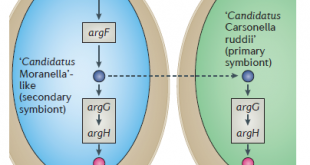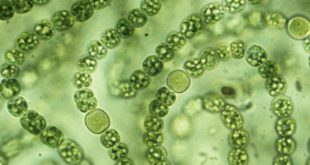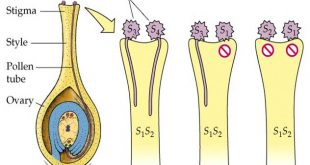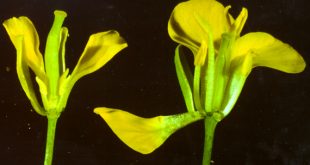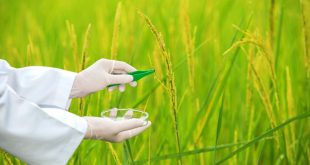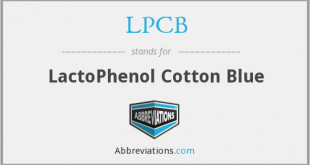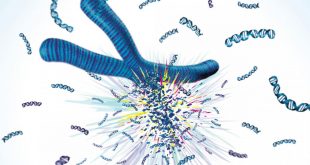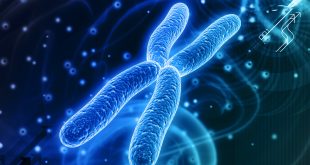মানুষ সৃষ্টির শ্রেষ্ঠ জীব কিন্তু আশ্চর্যজনক হলেও সত্য যে এই শ্রেষ্ঠ জীবনটিই প্রত্যক্ষ বা পরোক্ষভাবে উদ্ভিদের উপর নির্ভরশীল। আমাদের চারপাশের পরিবেশে দৃষ্টিপাত করলে দেখতে পাব যে, কতই না বিচিত্র আমাদের চারপাশের প্রানিকুল। মানুষের কথাই ভাবি, কেউ কেউ কটূক্তি করলে বা আঘাত করলে আমরা প্রতিশোধপরায়ণ হয়ে যাই কিন্তু গাছ? আপনার …
Read More »Endosymbiosis in Plant Sap-Feeding Insects (Part-1)
Healthy animals are colonized by microorganisms routinely. The Human Microbiome, for example, is restricted to five body sites, such as skin, oral cavity, pulmonary tract, gastrointestinal tract, and urogenital tract. Some animals are, however, colonized by substantial populations of microorganisms at sites inside of the body wall, e.g. in the …
Read More »Blue-Green Algae: A Brief Introduction to the Prokaryotic Photosynthesizers
Blue-Green Algae (BGA) The class Myxophyceae or Cyanophyceae is commonly called Blue-Green algae because of the presence of a principal bluish-green pigment (c-phycocyanin) along with green chlorophyll-a, yellowish carotenoids, and some quantity of Myxoxanthin. The combination of the abundant blue and green pigments as mentioned above give these organisms a …
Read More »Self Incompatibility: An intelligent journey to variation
Definition Self-incompatibility is the inability of a pollen to fertilize the stigma of a same flower or the other flower of the same plant. It is a general name for several genetic mechanisms in angiosperms, which prevent self-fertilization and encourage outcrossing. Koelreuter 1st reported SI (Self incompatibility) in Verbascum phoeniceum …
Read More »Introduction to Male Sterility
Male sterility The male reproductive organs are mal-developed or aborted so that no viable pollens will be formed. This condition is known as male sterility (M.S) and may be inherited due to genetic, cytoplasmic or interaction of both genetic and cytoplasmic causes. History of Male Sterility The first documentation …
Read More »Fungal Diseases of Rice
Rice, Oryza sativa is one of the main staple crops in the whole world especially in Asia. It provides carbohydrate and calories daily to about half of the world population. Besides, in some countries, this annual plant acts also as an economic crop and serves as a source of foreign …
Read More »Lactophenol Cotton Blue: Most Widely Used Stain in Mycology
Introduction Lactophenol cotton blue (LPCB) is a widely used staining agent used in laboratories to observe chitin walled organisms (e.g. Fungi). It generally gives the specimen a blue color under microscope and helps to find them easily. It is also very simple to prepare. Composition This mounting medium is composed …
Read More »Chromosomal Aberration: Structural and Numerical
What is Chromosomal Aberration? Any type of change in the structure and number of chromosomes due to certain irregularities during cell division is known as chromosomal aberration. Broadly such aberrations are divided into two major groups. Structural aberration Numerical aberration Again, structural aberrations are of 4 types. Such as: Deletion …
Read More »Solenoid Model: The Second Level of Packing
In the nucleosome model of chromosome, we have discussed about the fundamental organizational unit of chromosome termed as nucleosome. That article gave us a simplistic idea about how the repeated nucleosomes are arranged. The figure in the right hand side clarifies that the nucleosome model provides us with the insight …
Read More »Nucleosome Model of Chromosomes
Let’s kick off this discussion with a simple calculation about the length of DNA in a single diploid human cell. We know according to Watson and Crick model of double helix DNA, each two base pairs has a distance of 3.4 A. There are approximately 6.4 billion base pairs (bp) …
Read More » Plantlet The Blogging Platform of Department of Botany, University of Dhaka
Plantlet The Blogging Platform of Department of Botany, University of Dhaka

